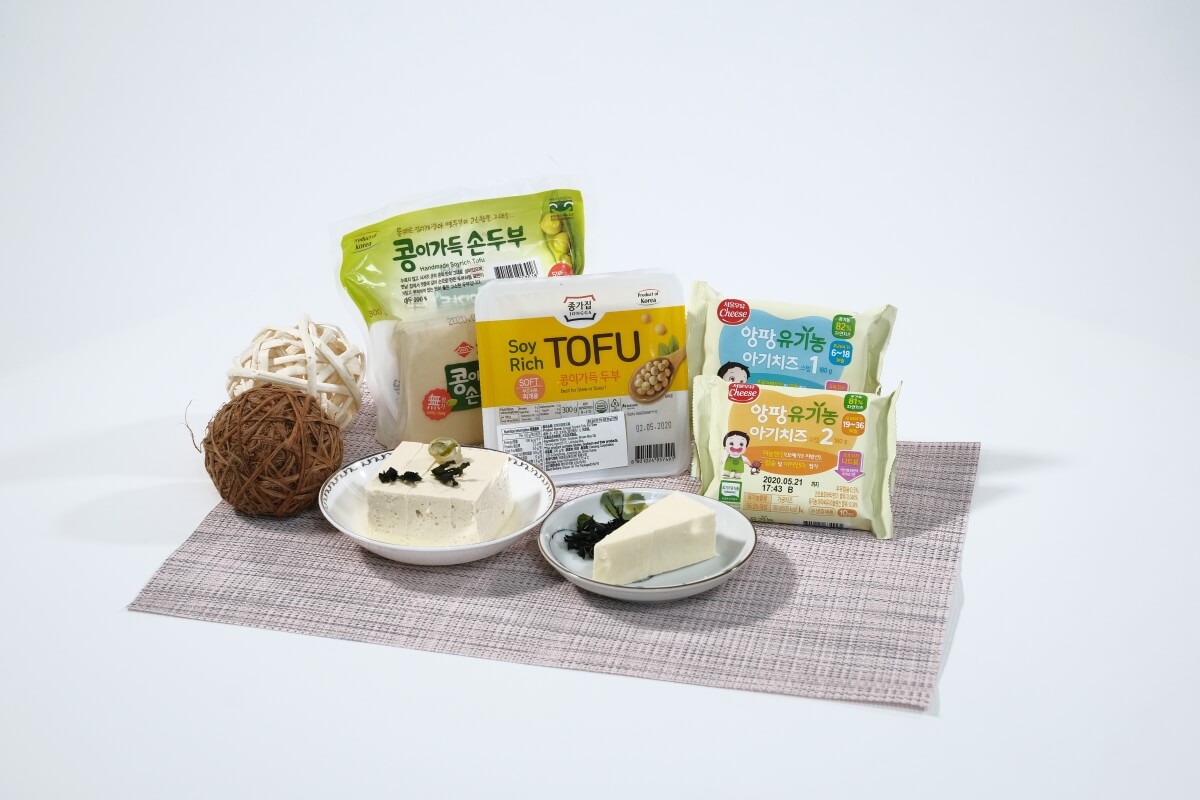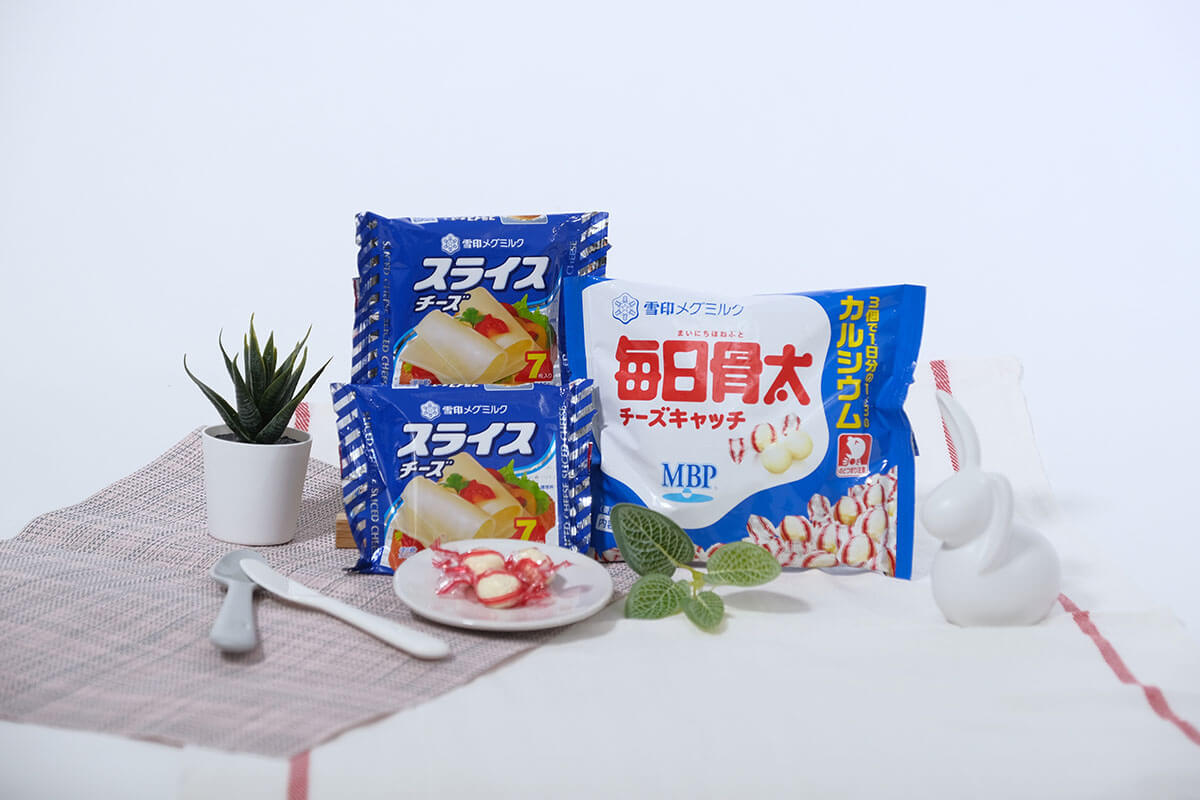
Milk Packaging
In Canada, about 50% of fresh milk is packaged in LLDPE film pouches on form-fill-seal equipment, making this the largest food packaging application for LLDPE film in North America while almost no flexible plastic film is used in U.S.A.. LLDPE used with a butene copolymer, has the right combination of toughness, seal integrity and low cost to effectively compete with the HDPE jugs and paperboard cartons that are used to package milk and dominate the U.S. market.
Thus far, Canada-based LLDPE film producers have not been able to successfully market their form-fill-seal system in the USA. Currently, a smaller volume of UHT milk (shelf-stable) is sold in the country within a semi-flexible package containing the Tetra Pak Aseptic Carton. In this package, several layers of LDPE support the paperboard. These layers are implemented by extrusion coating that serve as seal layers.
For milk, the large institutional market is partly served by the bag-in-box package. Please refer to the section under “Beverages”. Being strong enough, LDPE/EVA co-extrusions have the appropriate seal attitudes for bag-in-box packages.
Cheese Packaging
Especially after being refrigerated, the shell life of natural as well as processed cheeses is longer as compared to their dairy origins. The packaging of most such products take place in composite multilayer films that use barrier layers for curbing water loss, warding off airborne organisms, arrest spoilage caused by oxidation, and even preventing ultraviolet light access in some cases. Product visibility and barrier is provided by PVDC or EVOH whereas metallized PET/OPP or Aluminium foil are used in case the barrier assumes more significance.
Large blocks of natural cheese are aged for several months in EVA/PVDC/EVA shrink barrier bags or in nylon/EVOH/ EVA non-shrink constructions, without distorting the shape of the blocks.
For natural cheese, retail packages comprise of:
- A thermoformed tray premised on nylon lidded with PVDC-coated PET
- PVDC-coated OPP or PVDC-coated 6 nylon with EVA for providing a hermetic seal
- EVA/ PP/PE/PP/PVDC film
In most cases, these packages are gas-flushed to impart further oxygen protection on horizontal FFS machines, although the VFFS technique is utilized for packaging shredded natural cheese in PET or OPP bags that are filled with PVDC barrier layers/EVA or ionomer seal layers.
With the passage of time, Swiss cheese releases CO, and needs venting. Biaxial oriented nylon (BON) is used for this purpose. BON’s high CO2/O2 and permeability ratio allows the venting of by diffusion without enabling the surplus inward oxygen passage.
Processed cheese is available in the market either in the form of blocks or as slice packages for sandwiches. Molten cheese is directly cast on the slice packaging film in one sliced cheese packaging system.
Notwithstanding its expensiveness, PVDC-wax formulation-coated PET coated is extensively utilized in the process owing to its excellent high temperature attributes. After wrapping cold processed slices in PP/PE co-extrusions, stacks from the two processes are overwrapped in OPP/cellophane PET, or OPP – all of which being bolstered by at least one PVDC layer.
For the massive institutional cheese market, special film constructions have been developed:
- PVDC/OPP/acrylic laminations predominate or
- Cellophane/OPP/PVDC laminations.
Other Dairy Products
Rigid packages are used for products like butter, yogurt, margarine, ice cream, and sour cream. Meanwhile butter sticks continue to be wrapped in paper coated using LDPE or wax. Sporadically, metallized PET is used for heightened protection against loss of light and moisture.
For more information about our products:





